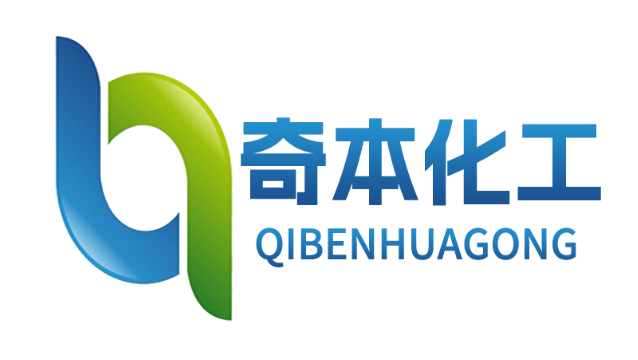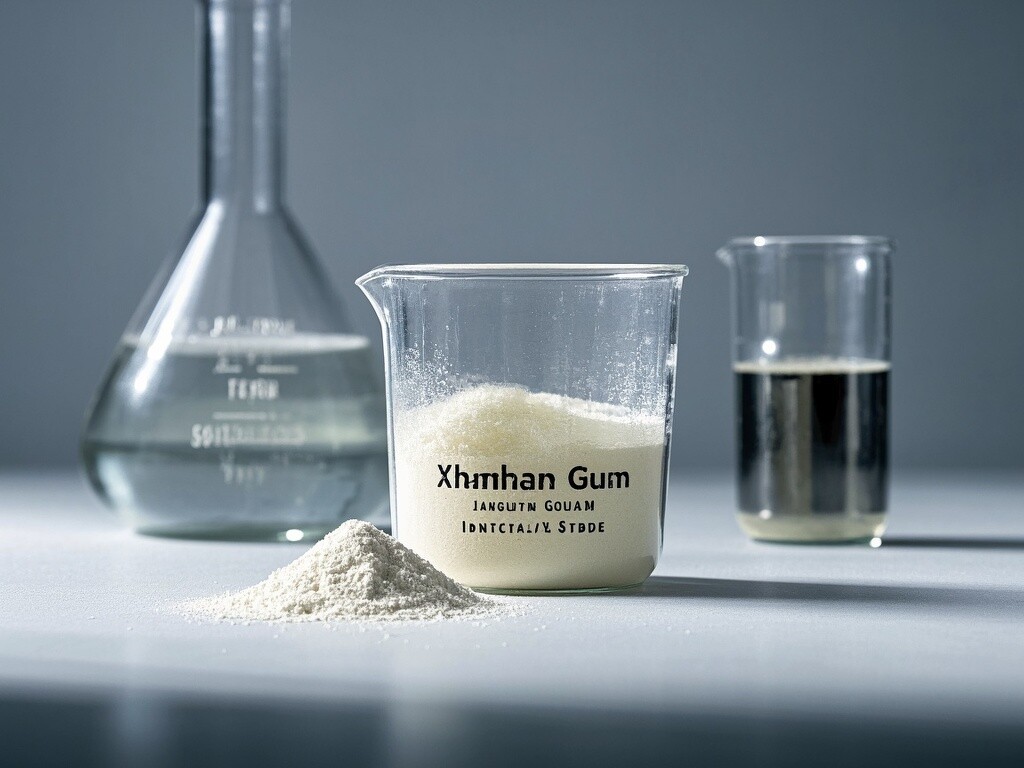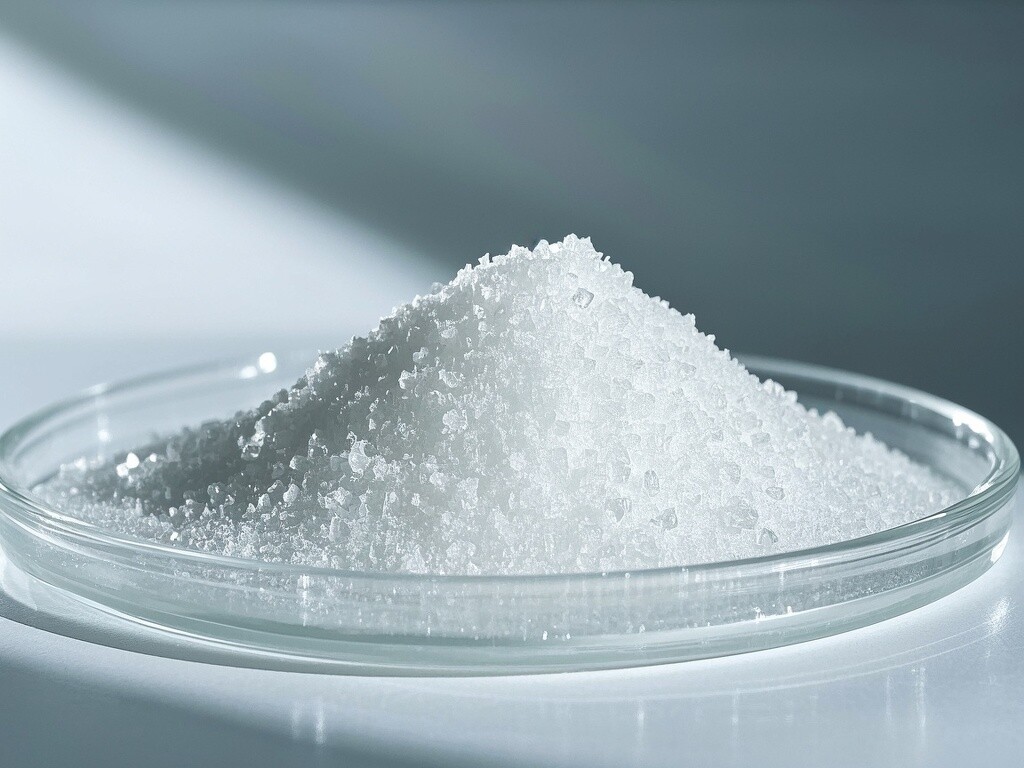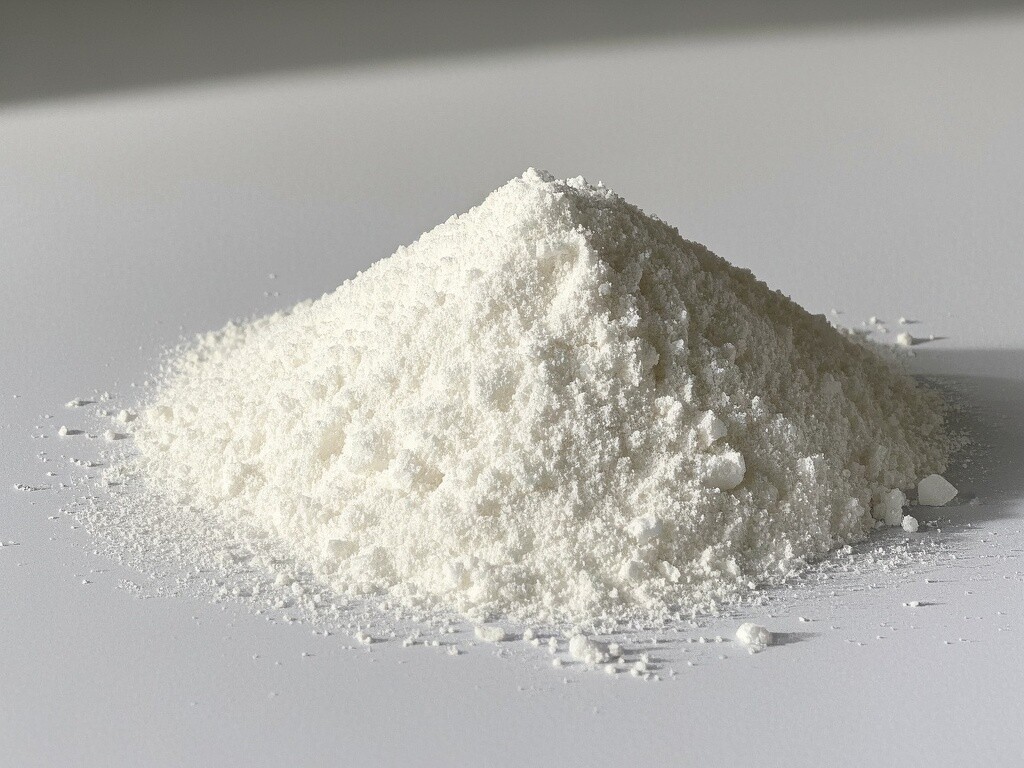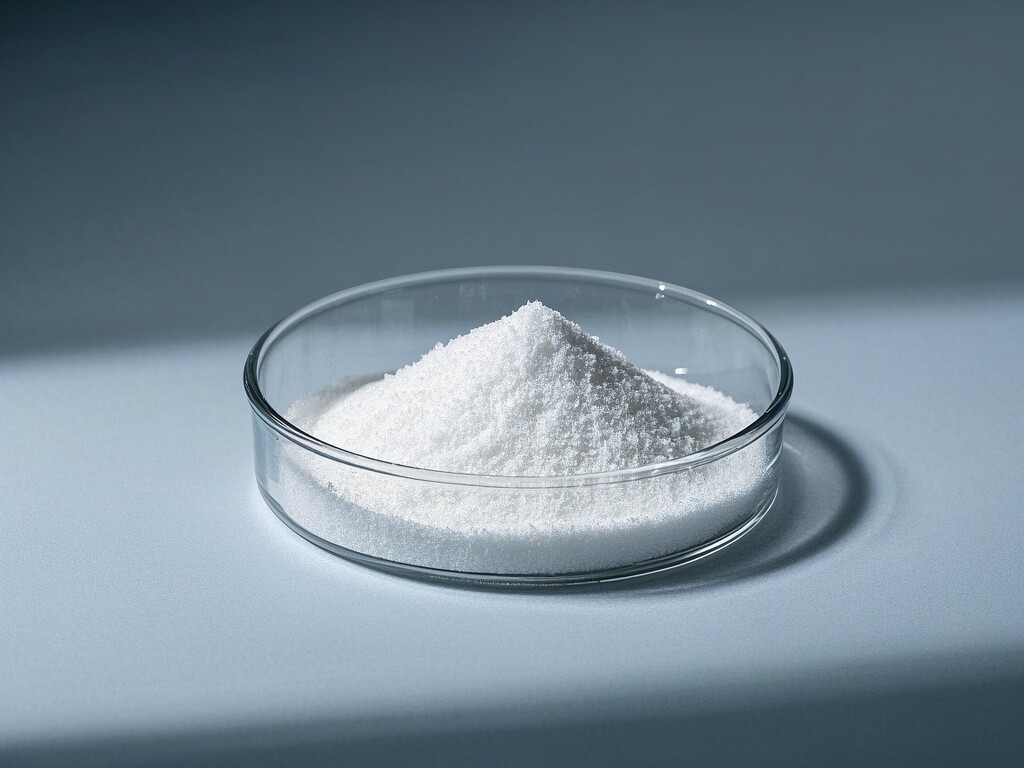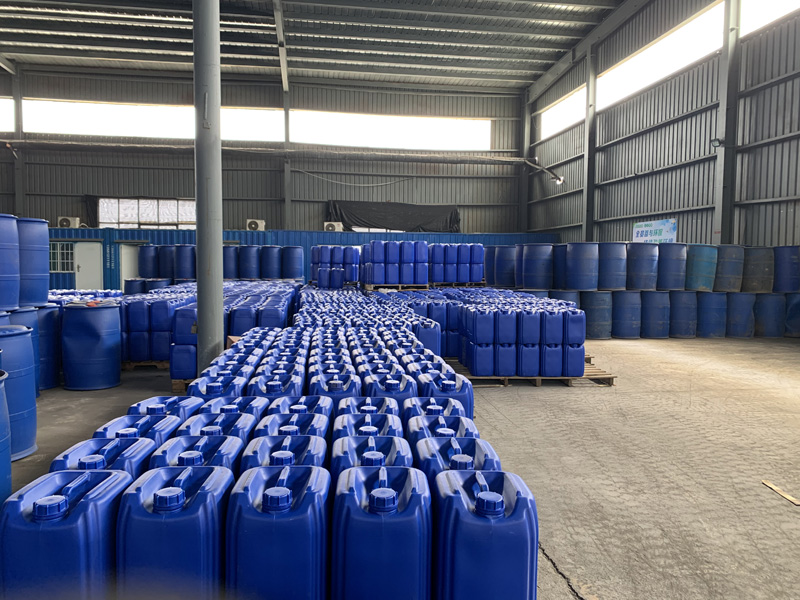Product Information
Product Nature
Physical Properties:
· Appearance: White or off-white powder or granules.
· Solubility: Soluble in water, but dissolution must be carefully controlled to prevent clumping. Forms a viscous, transparent or semi-transparent solution.
· Viscosity: Its aqueous solution exhibits high viscosity, which increases with molecular weight.Chemical & Flocculation Properties:
· Adsorption and Bridging: The long polymer chains can adsorb multiple suspended particles simultaneously, forming "bridges" that create large, dense flocs which settle rapidly.
· Charge Neutralization (Primarily for Cationic PAM): Positively charged groups neutralize negatively charged suspended particles and colloids, destabilizing them and causing aggregation and settlement.
· Sweep Flocculation: The formed flocs can entrap and sweep up finer particles during the process.
· Process Sensitivity: Flocculation efficiency is significantly influenced by water pH, temperature, mixing intensity, and ion type.
Product Usage
Municipal Wastewater Treatment:
· Primary/Secondary Clarifiers: Used as a coagulant aid or primary flocculant to enhance the removal of suspended solids (SS) and chemical oxygen demand (COD).
· Sludge Dewatering: Cationic PAM is crucial for sludge dewatering equipment like belt filter presses and centrifuges, significantly improving dewatering efficiency and reducing cake moisture content.Industrial Wastewater Treatment:
· Paper Mill Effluent: For flocculating and recovering fibers and fillers.
· Plating/Dyeing Wastewater: For removing heavy metal ions and color.
· Mineral Processing Wastewater: For clarifying tailings water and enabling reuse.
· Food/Petrochemical Wastewater: For removing organics and suspended solids.Drinking Water Treatment:
· Serves as a coagulant aid in conjunction with aluminum/iron salts to enhance flocculation and improve effluent quality. Must be food-grade for this application.Other Applications:
· Emergency purification of rivers and lakes, and soil stabilization.
Safety Matters
Health Hazards:
· The PAM polymer itself has very low toxicity. However, its monomer, acrylamide (AM), is a neurotoxin and suspected carcinogen and is highly toxic. Therefore, product safety is entirely dependent on the residual monomer content; high-quality products meeting standards (≤0.05%) must be selected.
· Industrial-grade powder may cause mild irritation to eyes, skin, and respiratory tract. Inhalation of dust may cause discomfort.Handling Protection:
· Must handle powder in a well-ventilated area. Wear a dust mask, chemical safety goggles, and chemical-resistant gloves.
· Avoid dust formation. Avoid contact with eyes, skin, and clothing.
· Wash hands and exposed skin thoroughly after handling.Preparation & Dosing:
· Dissolution is critical: Use clean water and follow the principle of "slow addition with rapid mixing." Typical preparation concentration is 0.1%-0.5%. Avoid excessive shear to prevent polymer chain degradation.
· Prepared solutions should not be stored for long periods; prepare as needed.Storage & Transportation:
· Store in a cool, dry, well-ventilated warehouse away from direct sunlight.
· Keep containers tightly closed. Protect from moisture and caking.
· Store separately from strong oxidizers.Environmental Safety:
· Apply according to recommended dosage to avoid overdosing.
FAQ
Q:What are your main products?
A:We specialize in five core areas: general chemicals and food additives, water treatment and disinfection chemicals, oilfield drilling additives, fertilizers and soil conditioners, and solvents and specialty chemicals. We provide one-stop chemical procurement and solutions across multiple industries.
Q:How do you ensure the consistent quality and reliability of your products?
A:Quality is our cornerstone. We are ISO 9001 certified for quality management, ISO 14001 for environmental management, and ISO 45001 for occupational health and safety. We implement strict quality control throughout the entire process, from raw material procurement to factory delivery, to ensure that every batch of products meets specifications.
Q:Can you provide customized products or solutions based on our specific needs?
A:Of course. We have a dedicated R&D and technical team dedicated to solving our customers' specific challenges. Whether it's adjusting product formulas, developing specific specifications, or customizing solutions for your processes, we are happy to provide customized services. Please provide your specific requirements and our engineers will work with you.
Q:What kind of technical support and after-sales service do you provide if problems arise?
A:We provide comprehensive technical support and after-sales service. We have a dedicated team to assist with everything from product selection guidance and application support to rapid response to after-sales issues. We promise to provide timely and professional feedback on your inquiries to ensure smooth operations.
Q:What is the minimum order quantity (MOQ) and delivery time?
A:To meet the needs of diverse customers, we offer flexible MOQs. The specific MOQ and delivery time depend on the product type and order size. We will provide you with a detailed quote, MOQ, and estimated delivery time within 24 hours of receiving your detailed inquiry.
Q:Do your products comply with international environmental and safety standards?
A:Yes, compliance is a key aspect of our product design. Our product development and production processes strictly adhere to relevant international and regional regulations. We also actively offer product options that comply with standards such as REACH and RoHS, and provide you with detailed Safety Data Sheets (SDS) to ensure safe and compliant use.
INQUIRY
To learn more about this product, you can submit your requirements here
RELATED PRODUCTS
